Can Olive Oil Go Bad After Opening?: There is half finished olive oil pack sitting in the pantry. It’s crossed the expiration date but looks good. Can Olive Go Bad or Expire? Or you have bought 2 olive oil bottles for cooking recipes but have not used them for a couple of months.
The answer is olive oil goes bad, it doesn’t stay good forever. But the quality of the oil decreases steadily after the best by date. Here you can check how long olive oil last, how to store it for the long term, and signs to tell that oil has gone rancid.
- Does Olive Oil Spoil? How To Tell If Olive Oil Is Bad?
- How Long Does Olive Oil Last?
- Tips To Store Olive Oil
- Can You Substitute Vegetable Oil for Olive Oil?
- Interesting Facts About Olive Oil
- Is it OK to use expired olive oil?
- How long can you use olive oil after the expiration date?
- Does olive oil go bad when exposed to air?
- What to do with expired olive oil?
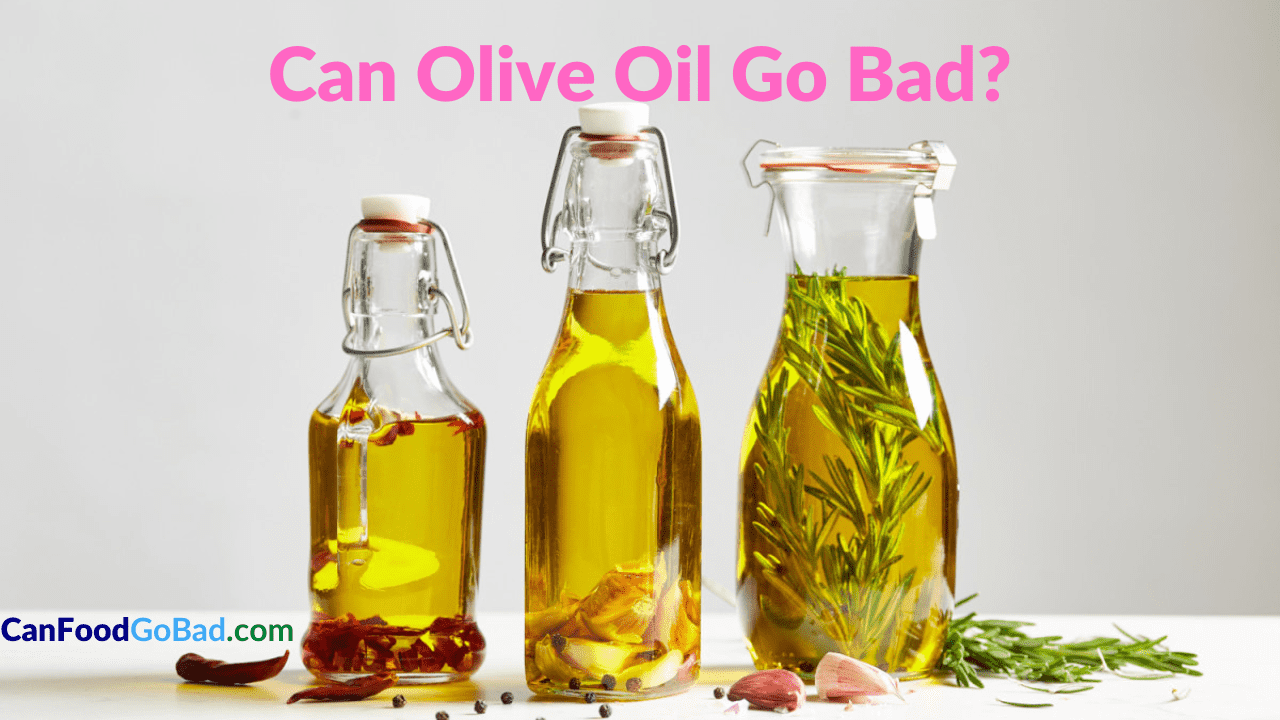
Does Olive Oil Spoil? How To Tell If Olive Oil Is Bad?
Yes, olive oil expires or spoils after a specific timeline. When you want to enjoy the original quality of the oil, you have to check its use by date and consume the whole quantity before that date.
Actually, the best-by date is an estimation of how long the product remains its best quality. If your olive oil bottle hasn’t been used for a long time, then it is always best to check if is it fine. So, here are the signs to tell that olive oil is bad.
Firstly, check the smell, flavor, and appearance of the oil, if everything seems fine then it has not spoiled. When the oil develops a bad odor or stale taste, then discard it. Check the bottle cap to observe any signs of mold. If you found mold or bacteria growth, then throw the oil away.

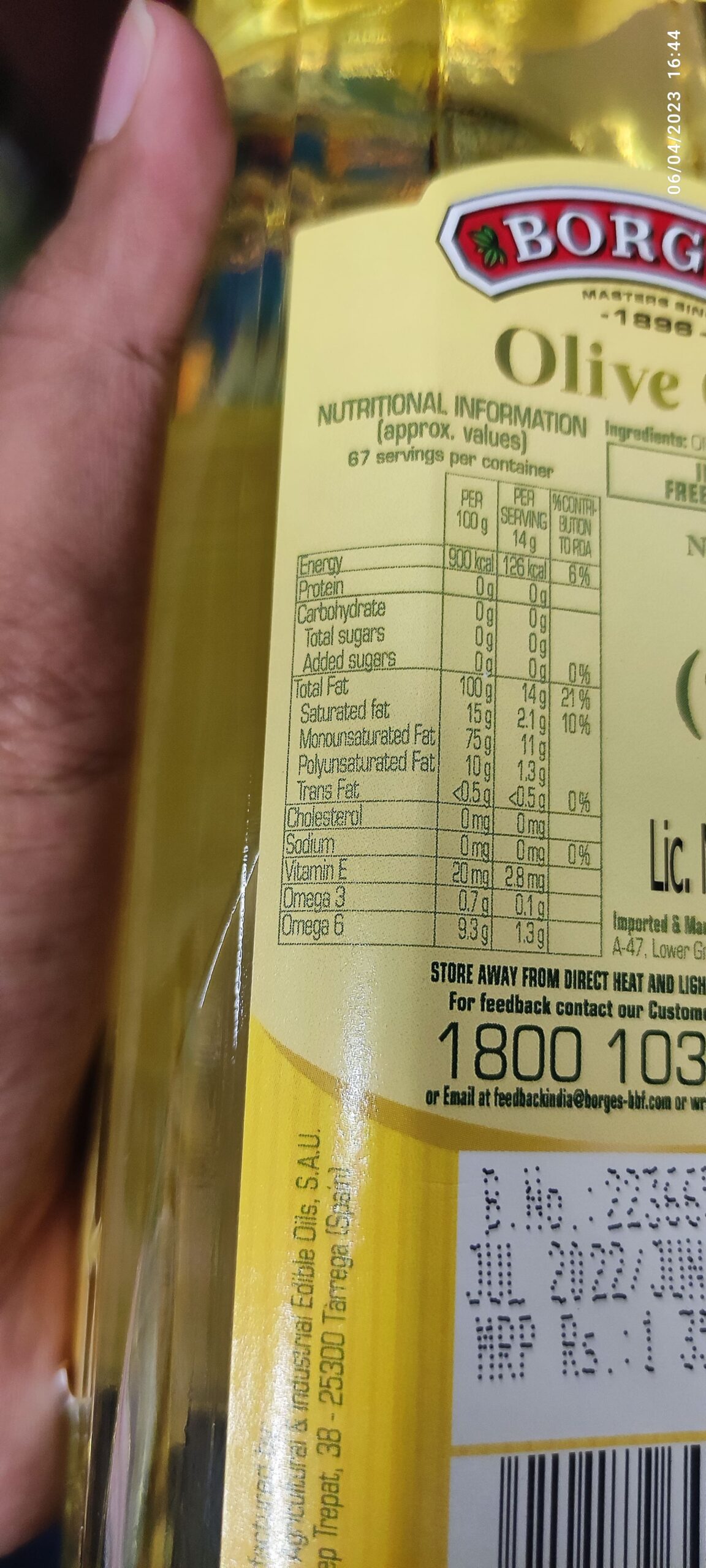
Ingredients: Olive Oil
Nutritional Information
(Approx. Values)
67 servings per container
| Nutrients | Per 100 g | Per Serving 14 g | % Contribution to RDA |
| Energy | 900 kcal | 126 kcal | 6% |
| Protein | 0 g | 0 g | |
| Carbohydrate | 0 g | 0 g | |
| Total Sugars | 0 g | 0 g | |
| Added sugars | 0 g | 0 g | 0% |
| Total Fat | 100 g | 14 g | 21% |
| Saturated Fat | 15 g | 2.1 g | 10% |
| Monounsaturated Fat | 75 g | 11 g | |
| Polyunsaturated Fat | 10 g | 1.3 g | |
| Trans Fat | < 0.5 g | < 0.5 g | 0% |
| Cholesterol | 0 mg | 0 mg | |
| Sodium | 0 mg | 0 mg | 0% |
| Vitamin E | 20 mg | 2.8 mg | |
| Omega 3 | 0.7 g | 0.1 g | |
| Omega 6 | 9.3 g | 1.3 g |
How Long Does Olive Oil Last?
The unopened olive oil lasts for at least 2 years under safe storage precautions. Mostly, storing olive oil in the pantry is the best place. But you need to place the olive oil bottle away from the sunlight and heat sources. If you live in a hot and humid environment, you must place it in the fridge. It will definitely increase the shelf life.
The shelf life of opened olive oil is one to three months. It can even be placed in the pantry The extra virgin olive oil lasts for 12 to 18 months successfully at room temperature.
| Type of Olive Oil | Pantry/Kitchen Cabinet |
|---|---|
| Unopened olive oil | 18 to 24 months |
| Opened olive oil | 1 to 3 months |
| Extra Virgin olive oil | 12 to 18 months |

Tips To Store Olive Oil
Exposing olive oil to air, light, or heat will accelerate the spoilage. Try to purchase an olive oil package in opaque bottles as the light doesn’t enter inside the bottle. Or transfer the olive oil into an opaque bottle before storage. Also, store the olive oil away from heat or light sources such as a stove. The kitchen cabinet is good enough to store oil.
The opened olive oil should be tightly sealed after every use. It helps preserve the oil quality and integrity. If you are going to transfer olive oil into another container, make sure the container won’t make the oil deteriorate. Avoid storing oils in plastic, iron, copper or other reactive metal containers as they it can absorb chemicals.
Also, Check

Interesting Facts About Olive Oil
Amazing facts you don’t know about olive oil are mentioned here:
- Olive oil was used not only for food, but also for lamp fuel, medicine, soap, and skincare.
- Variety and maturation are two of the most important factors that influence the quality and taste of olive oil.
- Good quality olive oil can be kept for up to 2 years.
- Olive oil is super beneficial and is rich in antioxidants and vitamins.
- There are roughly 884 calories in one spoon of olive oil.
- Olive oil is a great natural remedy for cancer prevention.
FAQs on Can Olive Oil Go Bad
1. Is it OK to use expired olive oil?
Yes, it is safe to consume olive oil a few days after the best-by date. If the oil is been opened from a long back, it is advised to check the spoilage conditions.
2. How long can you use olive oil after the expiration date?
Most olive oil stays good for 18 months to 2 years in the kitchen cabinet While extra virgin olive oil’s shelf life is 12 to 18 months.
3. Does olive oil go bad when exposed to air?
Yes, olive oil goes bad when exposed to air or oxygen.
4. What to do with expired olive oil?
The best ways to use expired olive oil are moisturizer for dry skin, makeup remover, exfoliating scrub for skin, dandruff treatment, add strength and shine to hair, strengthen the nails, heal cracked heels and many more.
Key Upshorts
Hoping the knowledge shared regarding Can Olive Oil Go Bad has been useful to you. If you still have any doubts feel free to reach us via the comment section and our team will get back to you. For more info on How Long Does Cooking Oil Last bookmark our site and get the latest updates in no time.







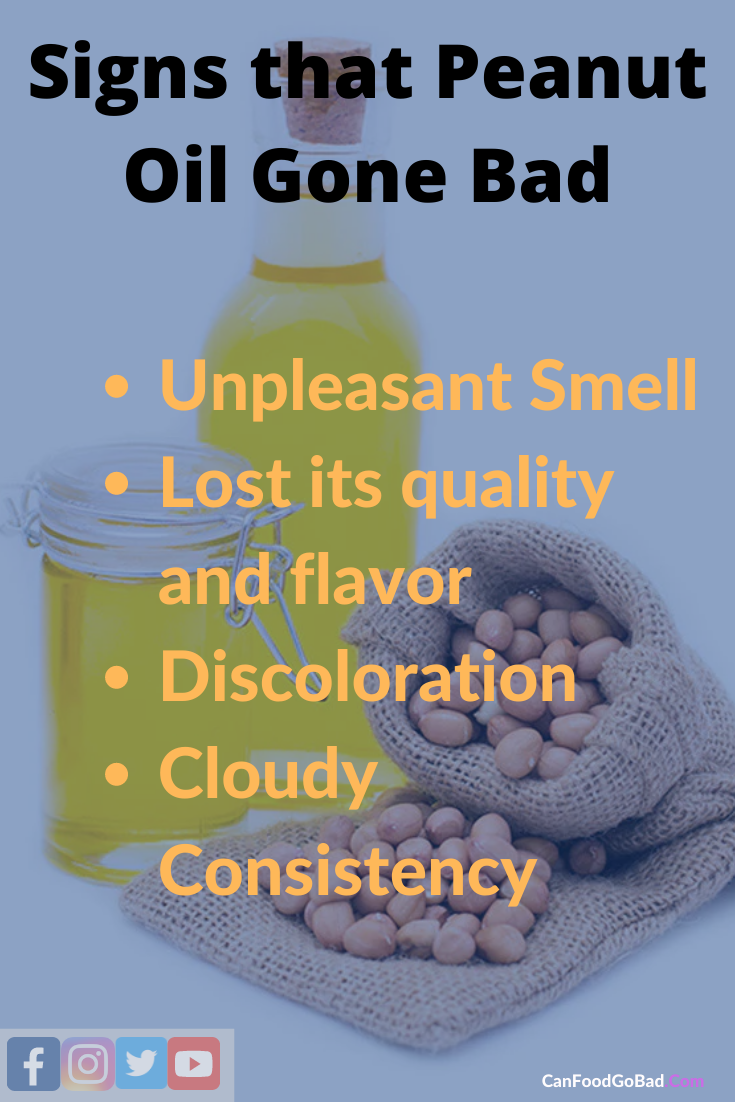
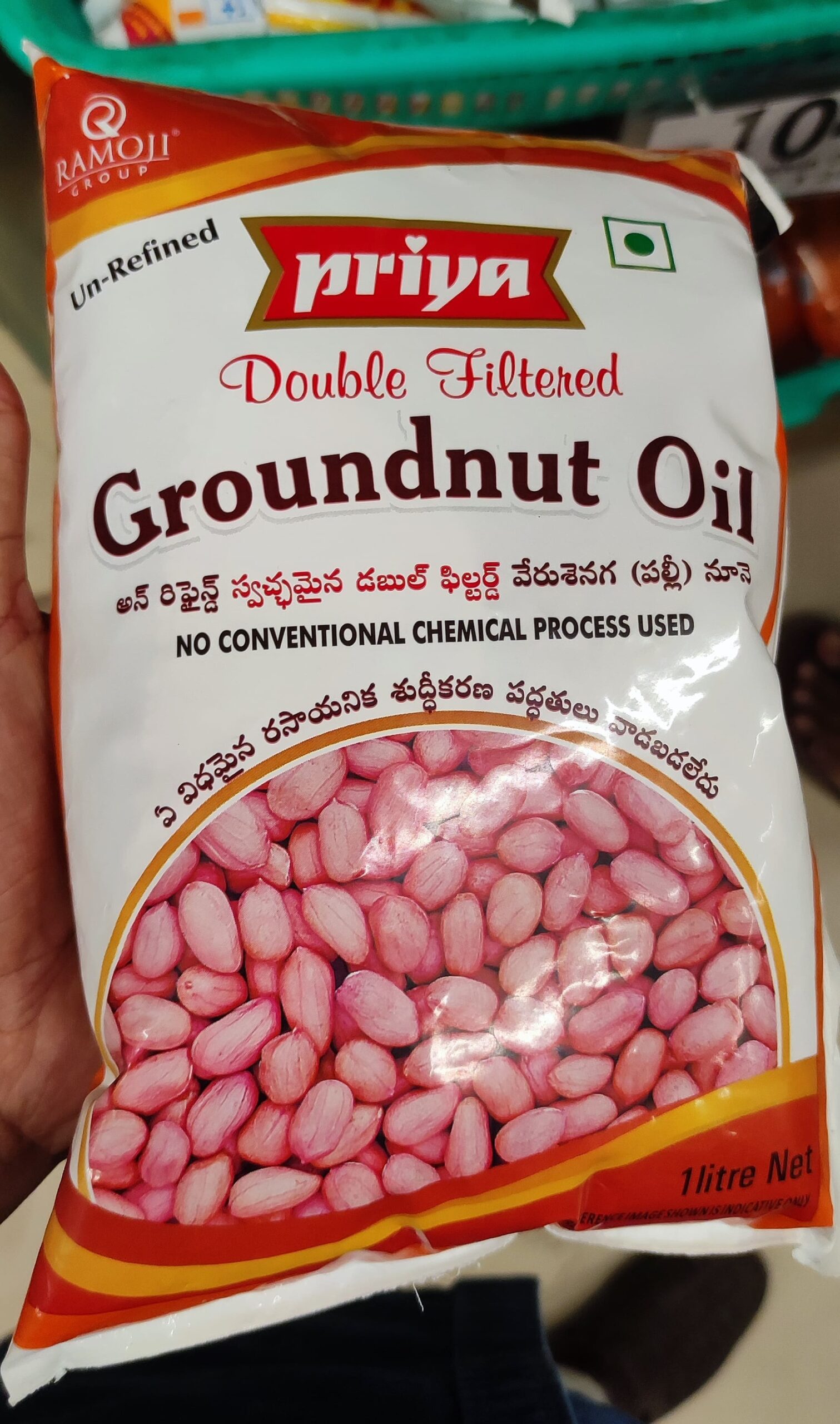
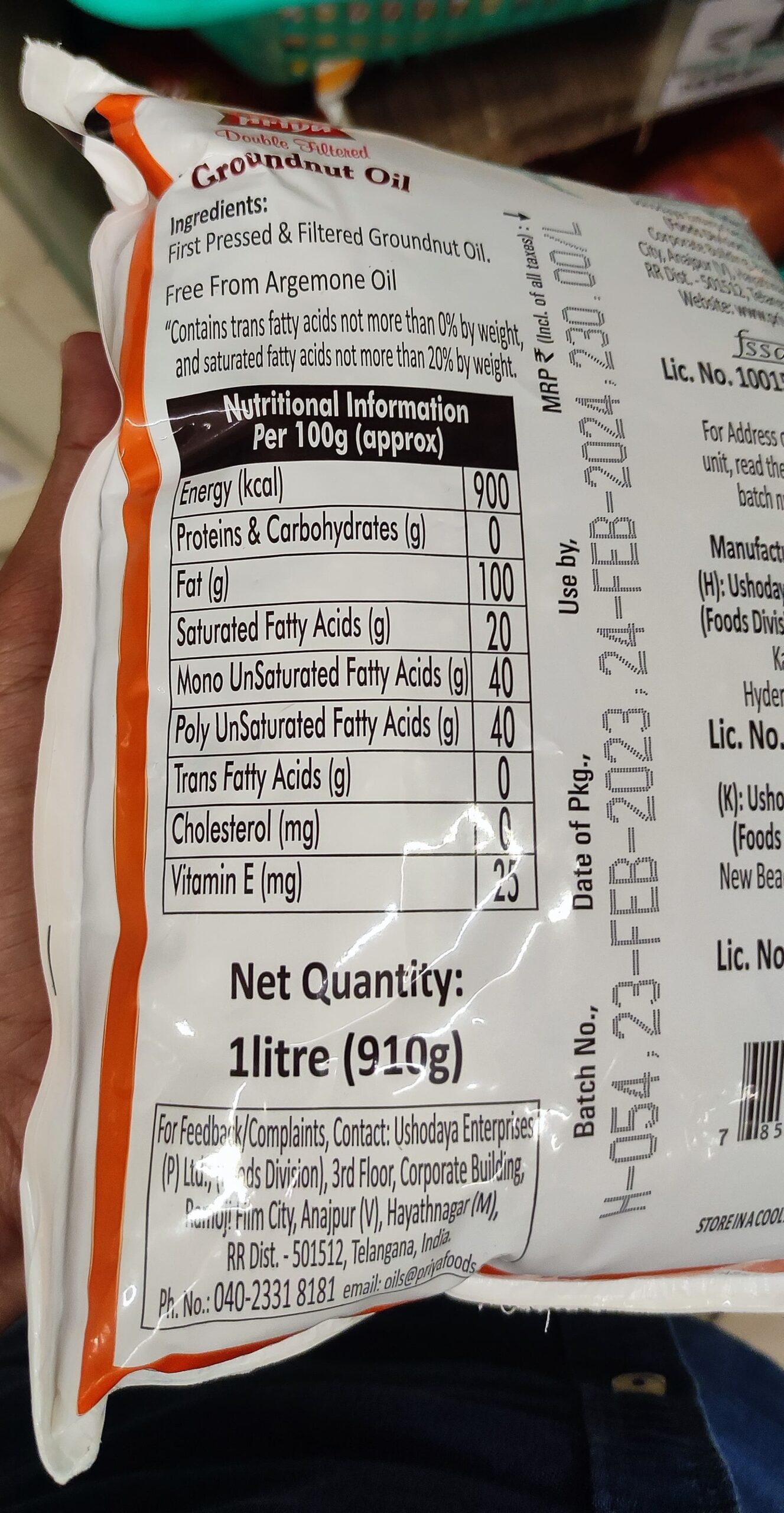




















 Dried Bonito Shavings or Bonito Flakes are one of the key ingredients to use as a substitute for dashi. These are shredded bonito fish flakes and give the same umami flavor. Dried bonito flakes are available in most Asian Stores and are easy to substitute.
Dried Bonito Shavings or Bonito Flakes are one of the key ingredients to use as a substitute for dashi. These are shredded bonito fish flakes and give the same umami flavor. Dried bonito flakes are available in most Asian Stores and are easy to substitute.




